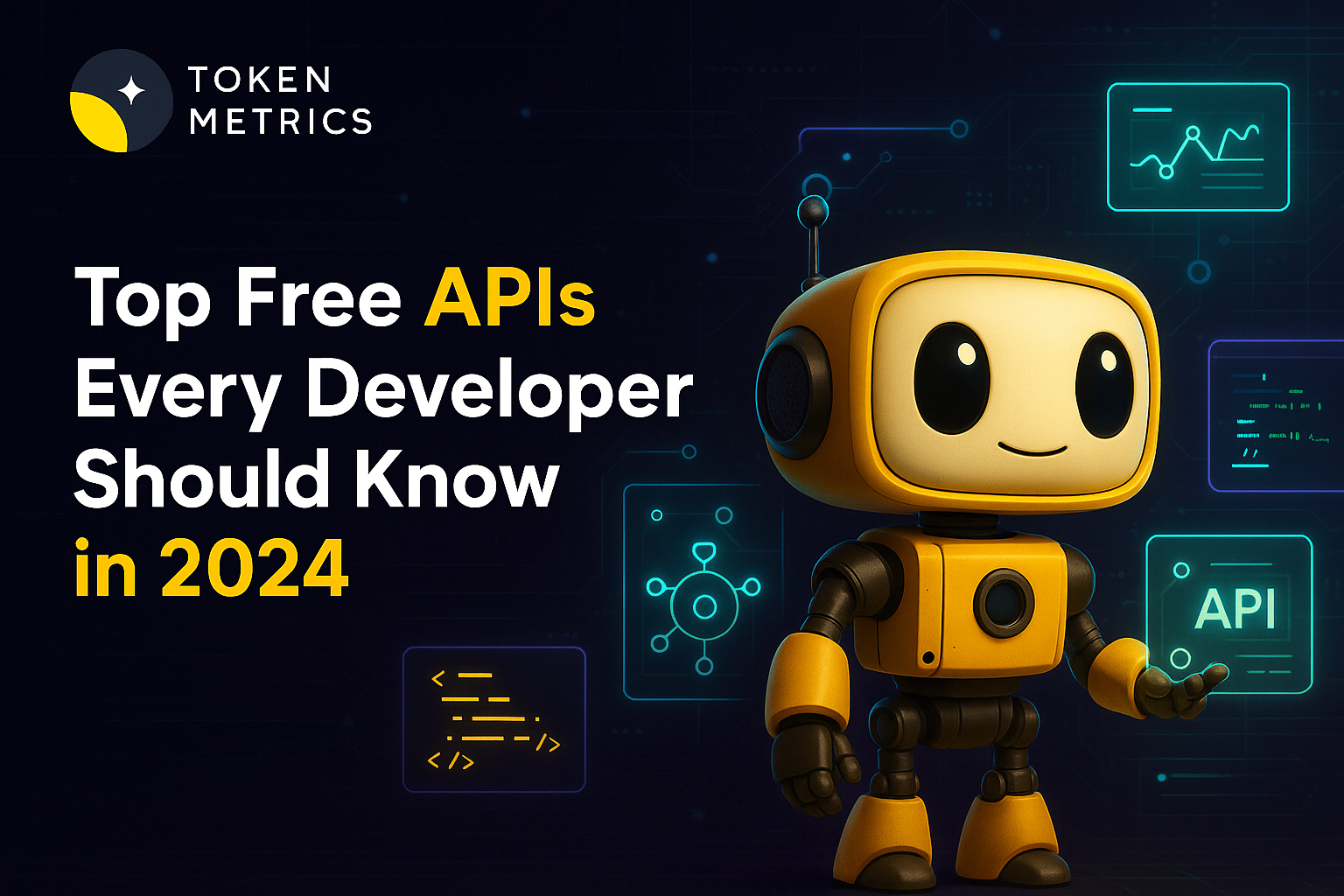How Do AI Crypto Indices Work? Inside the Future of Smart Investing

In the ever-evolving world of crypto, one thing is clear: automation and intelligence are the future. In 2025, AI-powered crypto indices are gaining traction as the most efficient, adaptive, and data-driven way to invest in digital assets. But how exactly do they work?
Unlike traditional crypto indices that follow fixed rules and rebalance on a schedule, AI indices adjust dynamically using real-time market signals, machine learning models, and smart risk management. They take the guesswork—and the emotion—out of investing.
In this article, we’ll break down what AI crypto indices are, how they function, and why they’re outperforming passive strategies in today’s market.
What Is an AI-Powered Crypto Index?
An AI-powered crypto index is a cryptocurrency investment portfolio managed by artificial intelligence. Rather than following rigid rebalancing schedules or fixed token lists, the AI actively decides:
- Which tokens to include
- How much weight to assign to each
- When to buy, hold, or sell
- Whether to move into stablecoins during market downturns
These decisions are made using a wide range of data inputs, processed through advanced algorithms and predictive models.
The Core Components of AI Crypto Indices
Let’s look under the hood. Here’s how AI-powered indices operate behind the scenes:
1. Data Collection
AI indices analyze vast amounts of crypto market data from multiple sources, including:
- Price Action: Trends, volatility, momentum
- Volume & Liquidity: How much is being traded and where
- Social Sentiment: Mentions on Twitter, Reddit, Telegram, and news
- Technical Indicators: RSI, MACD, moving averages, Bollinger Bands
- On-Chain Metrics: Wallet activity, inflows/outflows, network usage
- Macro Signals: Fed policy, global economic news, BTC dominance
This multi-dimensional data stack forms the foundation of the AI’s decision-making process.
2. Signal Generation
Using the data, the AI identifies bullish, neutral, or bearish conditions for each token under consideration.
It may use:
- Machine learning classifiers
- Neural networks trained on historical data
- Natural language processing (NLP) to assess sentiment
The goal is to forecast short- to mid-term performance potential of each asset in the index.
3. Portfolio Allocation Logic
Once signals are generated, the AI engine builds the portfolio:
- Include bullish tokens
- Exclude bearish or sideways tokens
- Adjust weights based on conviction
- Cap exposure to volatile or illiquid assets
- Shift into stablecoins if overall risk is high
This process replaces traditional “Top 10 Market Cap” logic with data-informed positioning.
4. Rebalancing & Execution
AI indices typically rebalance on a weekly or as-needed basis—far more responsive than quarterly rebalancing in passive indices.
Rebalancing involves:
- Selling underperforming assets
- Increasing exposure to trending tokens
- Reducing concentration risk
- Locking in profits by trimming over-extended positions
Execution may be simulated (in research products) or actual (for tokenized index platforms or connected wallets).
Real-World Example: Token Metrics AI Indices
Token Metrics is a leader in AI index technology. Their indices:
- Analyze over 80 data points per token
- Issue weekly buy/sell signals
- Rebalance portfolios based on market sentiment and momentum
Example: DeFi AI Index
- Week 1: AAVE, LDO, RUNE get bullish signals → added to the index
- Week 2: LDO signal turns bearish → replaced by GMX
- Week 3: Broad DeFi market looks weak → 30% of portfolio shifted into USDC
This approach ensures the portfolio actively adapts to changing market conditions without user intervention.
Benefits of AI-Powered Indices
✅ Smarter Risk Management
Exit early during downturns, move into stablecoins, avoid overexposure.
✅ Better Timing
Capture gains earlier by entering tokens before trend exhaustion.
✅ Emotion-Free Investing
No panic selling or FOMO buying—just data-driven decisions.
✅ Automation at Scale
Ideal for passive investors who want active performance.
✅ Competitive Performance
Outperformed passive indices in 2024–2025 due to faster reaction times and smarter rebalancing.
AI vs. Passive Crypto Indices

Are AI Crypto Indices Safe?
While no crypto investment is “safe,” AI indices help reduce risk compared to manual investing or passive index strategies by:
- Avoiding weak tokens
- Reducing exposure in downturns
- Allocating capital to strong-performing assets
This makes them a compelling choice for both beginners and advanced investors looking for automated performance optimization.
Common Misconceptions
❌ "AI indices are just hype."
Wrong. Real AI indices use trained models and live market data—not just price trends—to make decisions.
❌ "They’re only for pros."
Most platforms now offer user-friendly AI indices that are fully automated and beginner-friendly.
❌ "They’re too risky."
While aggressive AI indices exist (e.g., Memecoins), many offer conservative modes with stablecoin rotation and low-volatility token selection.
Who Should Use AI-Powered Indices?
- Busy Professionals – Want hands-off performance
- Trend Traders – Prefer smart auto-rebalancing
- Beginners – Need risk-managed crypto exposure
- Wealth Builders – Looking for alpha over time
Final Thoughts: AI Indices Are the Future of Crypto Investing
AI-powered crypto indices bring hedge-fund-level sophistication to individual investors. With intelligent signal generation, data-driven risk management, and weekly rebalancing, these indices outperform traditional strategies—especially in volatile markets.
Whether you want to follow the hottest trends, avoid losses during bear markets, or simply invest smarter, AI indices offer an automated and strategic approach to growing your crypto portfolio.
Platforms like Token Metrics lead this space with real-time AI signal engines, offering performance-optimized indices across Memecoins, DeFi, AI tokens, RWAs, and more.
Create Your Free Token Metrics Account

.png)




%201.svg)
%201.svg)


%201.svg)










.svg)




.png)